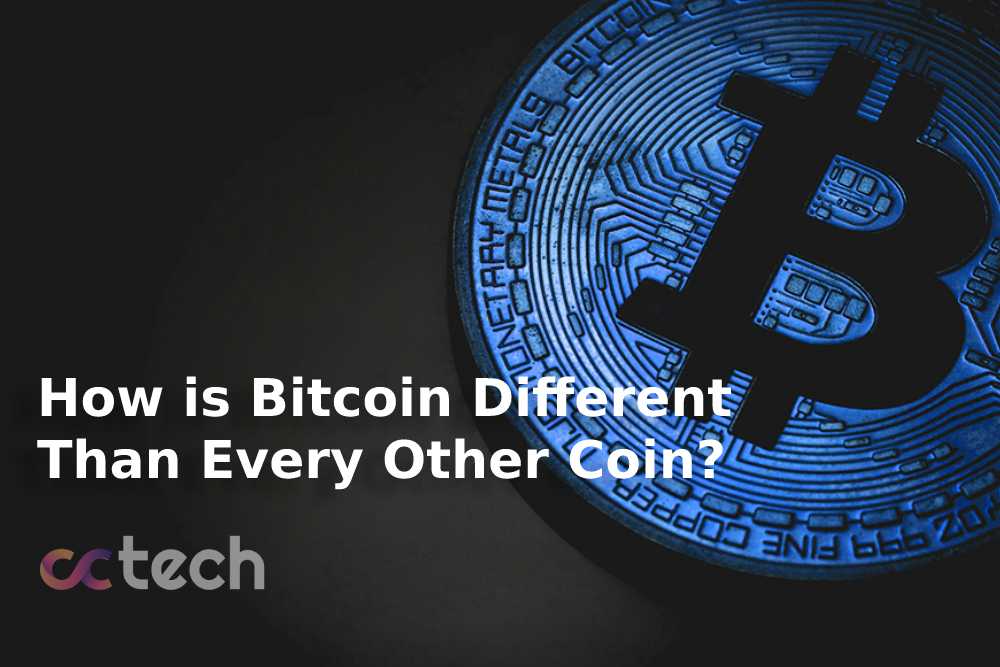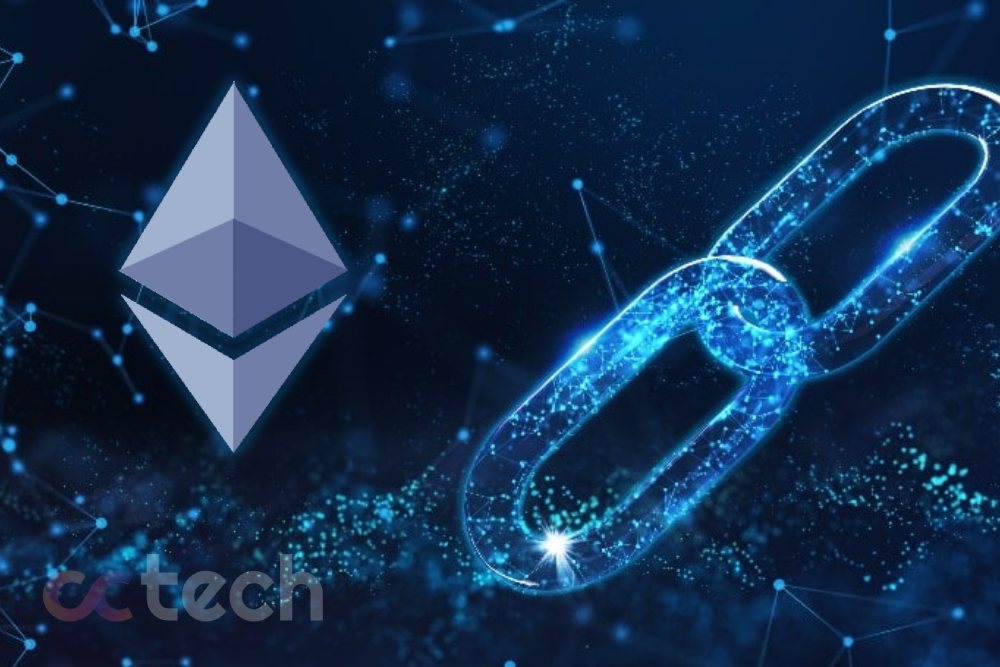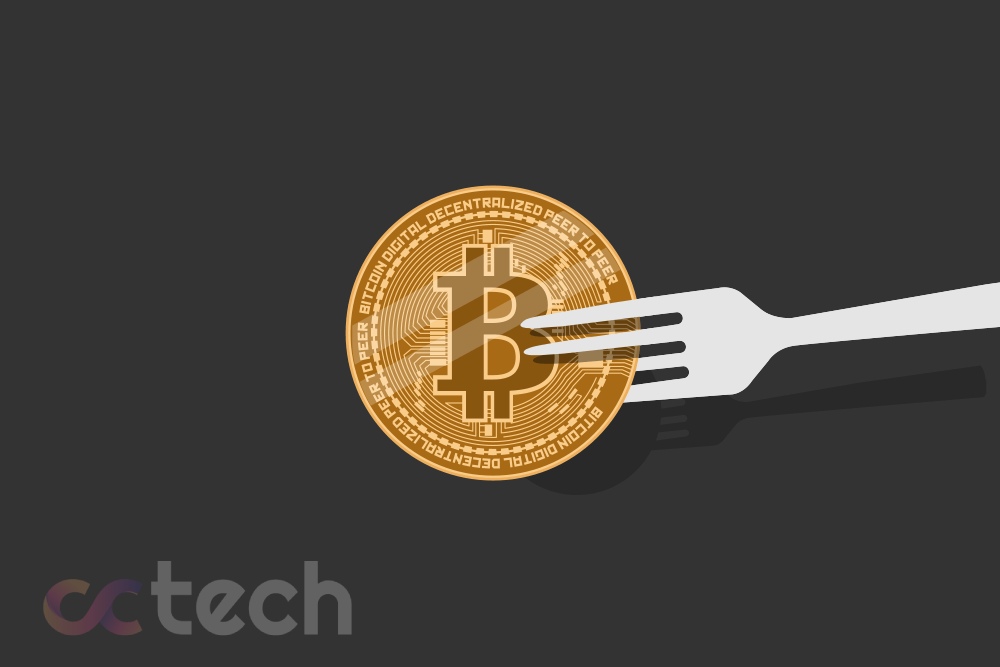
In the « real world» the term commutable good is used by economists to describe goods that are basically exchangeable one barrel of the crude canvas is the same as another, as is a one Euro coin and another. Still, the digital world has seen a rapid-fire rise in the demand for non-fungible commemoratives (NFTs).
An NFT is a cryptographic record of power for a unique item that’s decoded into a blockchain. It records who owns a commodity, but isn’t itself the same thing as that item. Suppose of it like the deed to a house.
At the moment most NFTs are being created on the blockchain of a cryptocurrency analogous to bitcoin called Ethereum.
When NFTs were first suggested for addition in the Ethereum blockchain the authors imagined they would be used for physical property, digital collectibles or indeed to keep track of « negative value» means like loans.
How do NFTs work?
We’ve formerly associated that in order to be suitable to prove the power of commodity digital, there needs to be some form of a transparent, inflexible tally that maintains a constant record of all NFTs, who owns them, and where the lines that they point to are kept.This is where blockchain technology comes in. By using the intimately distributed, inflexible nature of blockchains, all NFTs can be stored in a transparent way, allowing anyone to check the authenticity of any NFT at any time.
When did selling NFT start?
In 2017 a design called CryptoPunks was launched. An algorithm designed different characters as a 24 by 24-pixel forecourt. As of March 2021, there had been over trades in the former time, totaling further than $ 108 million in deals.How do you buy an NFT?
Any digital asset can, in a proposition, be distributed as an NFT. At the moment it tends to be art, whether that’s images, videotape, or music. The digital artwork itself can be reproduced over and over again for free and participated extensively across the internet, but the NFT records who owns the piece.These commemoratives are analogous to trading cards that you may have collected at the academy, except that the cards don’t live anywhere outside of a computer and can be copied, posted, twittered, or deleted by third parties with immunity without affecting the NFT itself.
The technology allows for some intriguing possibilities. Artists have distributed multiple clones of their work like traditional prints, except each bone is as important to the original as the other. They can also choose to vend the power of artwork to one existent.
Some computer games are using NFTs to regulate digital particulars in games. Retaining a certain NFT may give you the power of a virtual plot of land, or a briskly auto in a driving game.
Just as the formulators intended, you can also tie NFTs to physical objects, similar to collectible coaches. Others are dealing with virtual coaches that you can’t indeed wear.
What’s the catch?
Whether NFTs will prove to be anything further than a progeny-rich quick scheme for artists is hard to say, but the technology allows for innovative contracts and deals to be made in a way that’s cryptographically defended. In proposition, the power of everything from homes, buses, company shares, art, and brand could be tracked and changed using blockchain technology.Some of the advantages of investing in NFTs include Anyone can invest in NFTs Investing in tokenized means is accessible to everyone. Asset power that’s tokenized into an NFT can more fluently and efficiently be transferred among people anywhere in the world.









